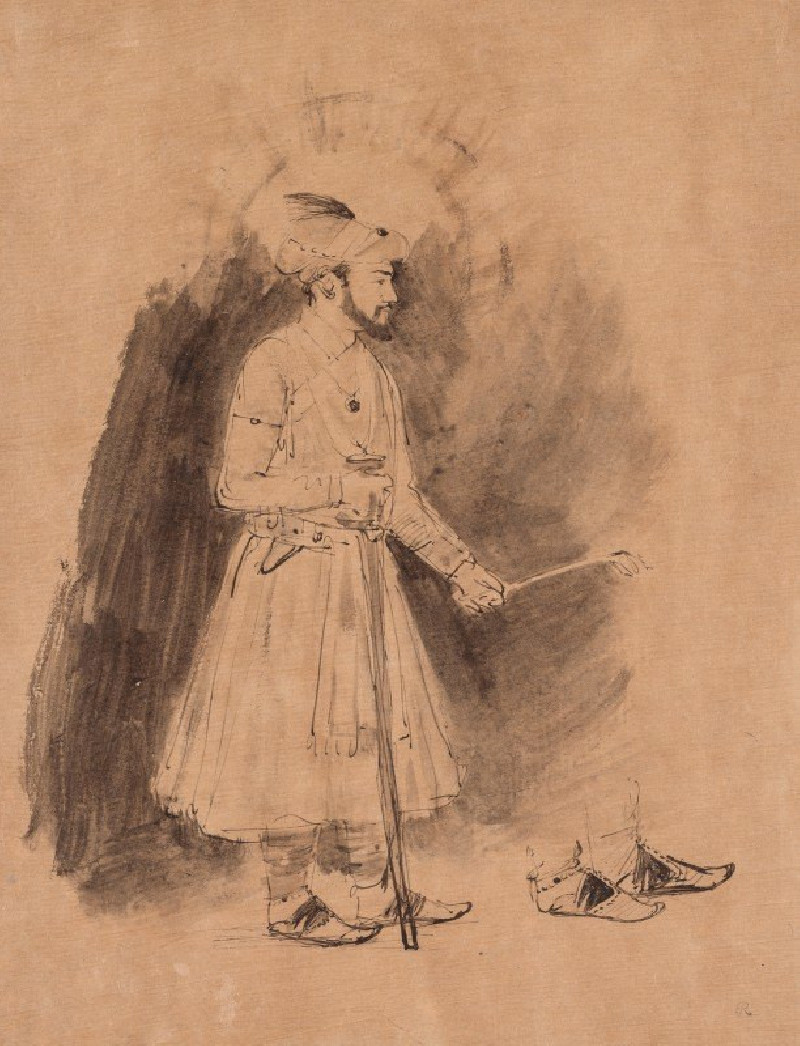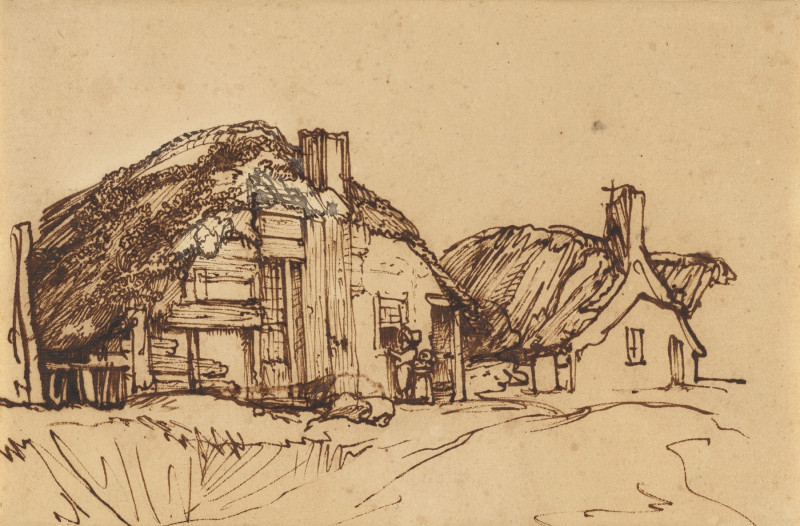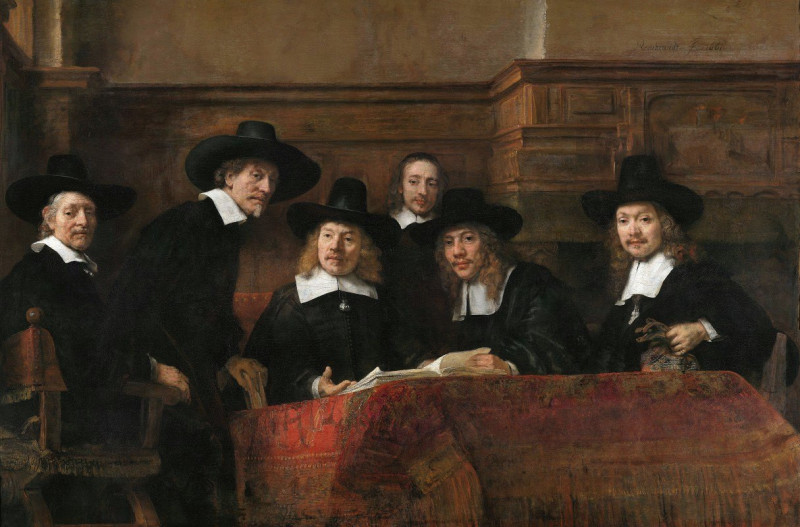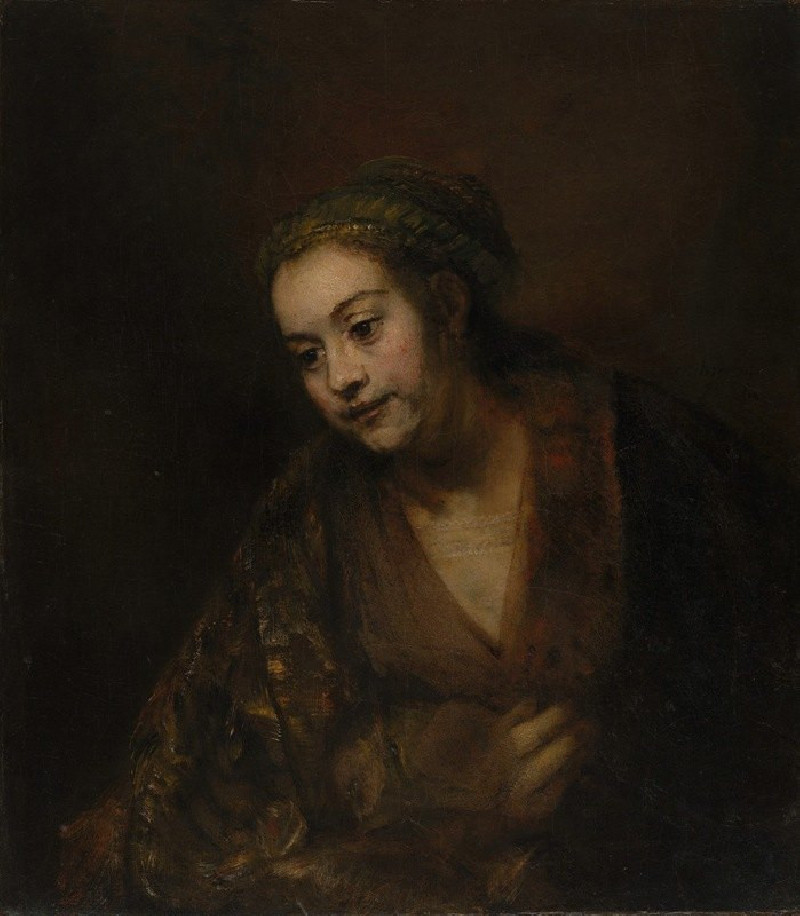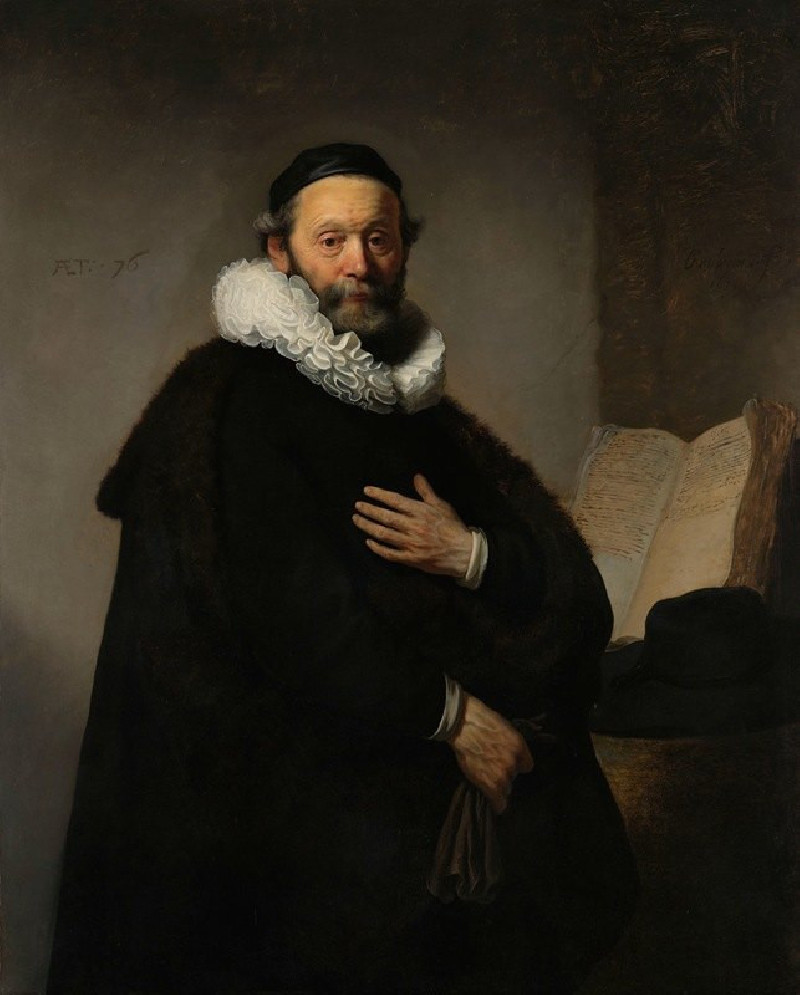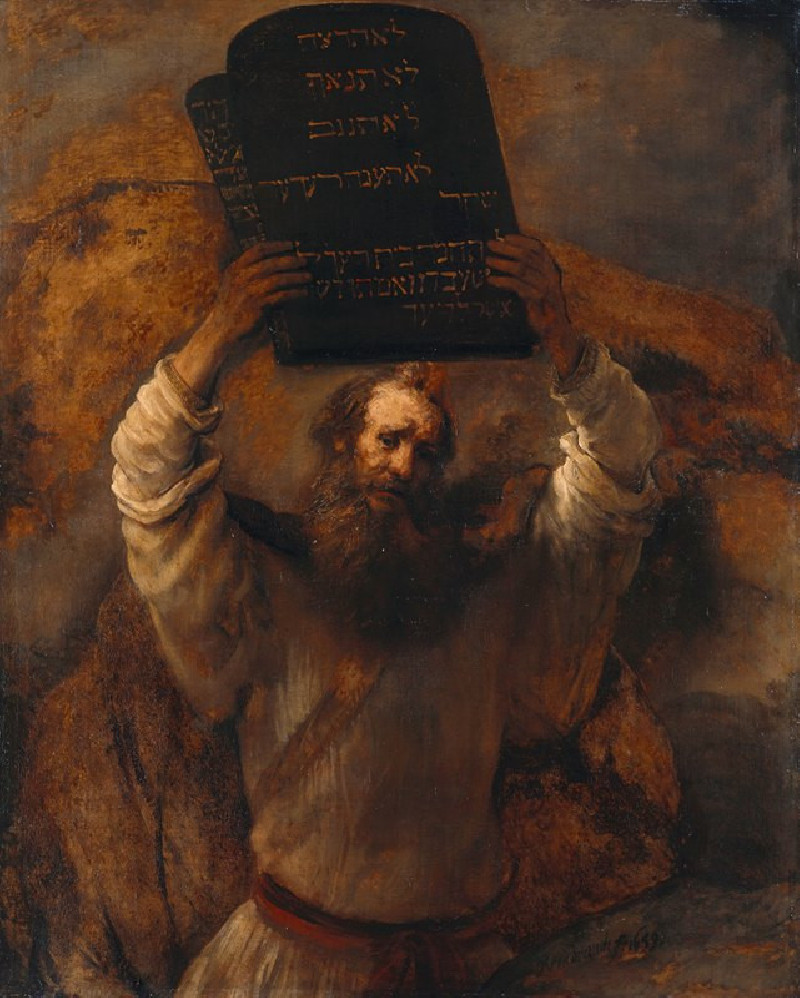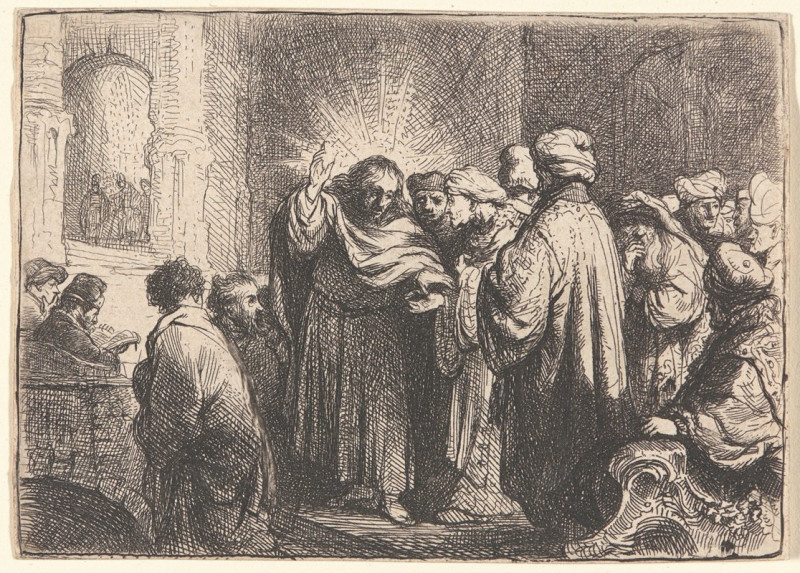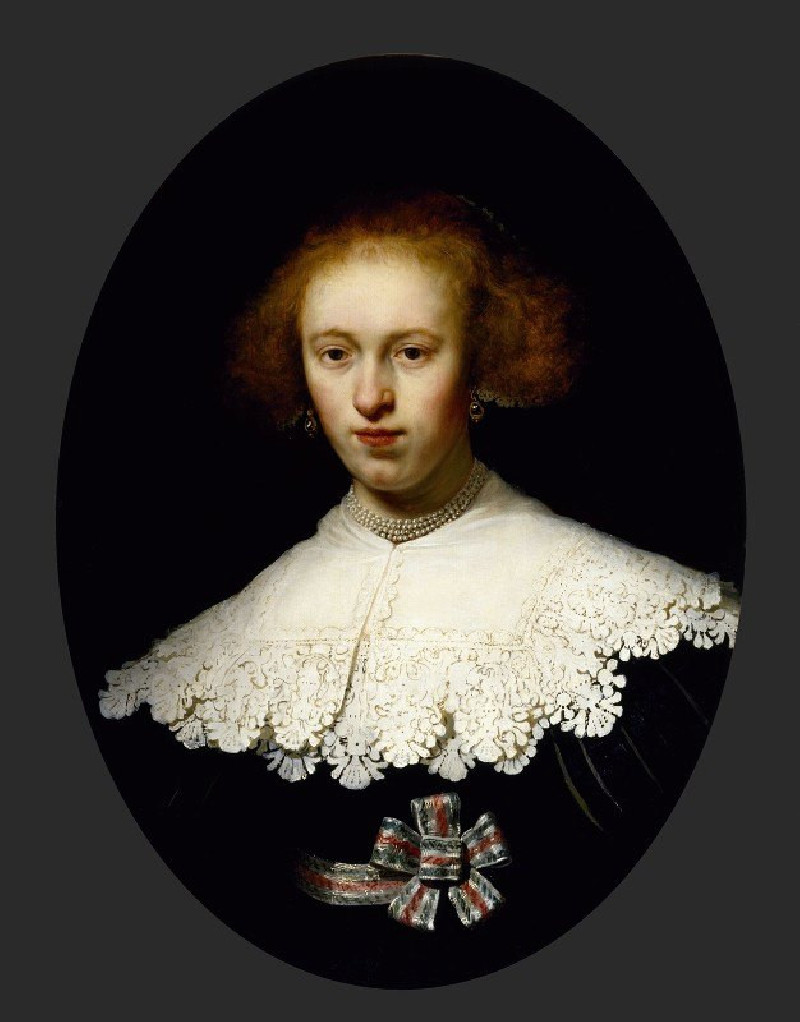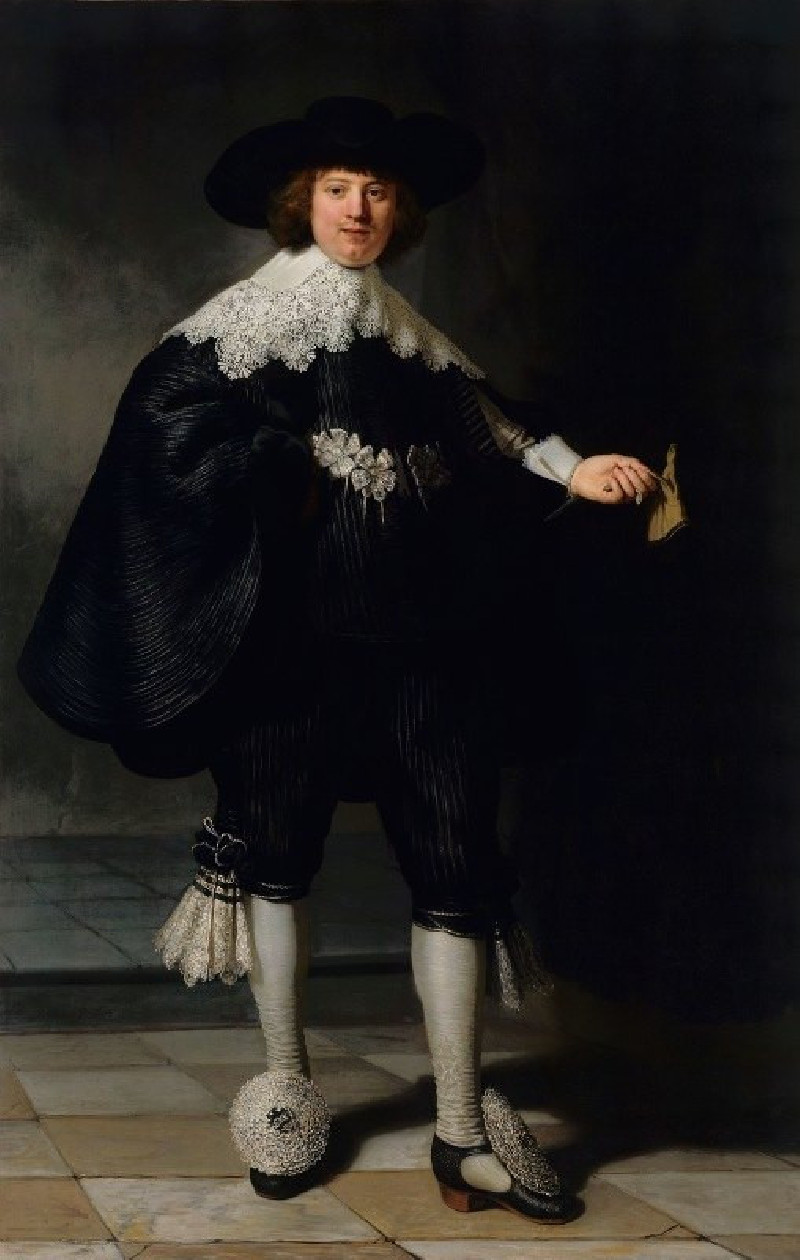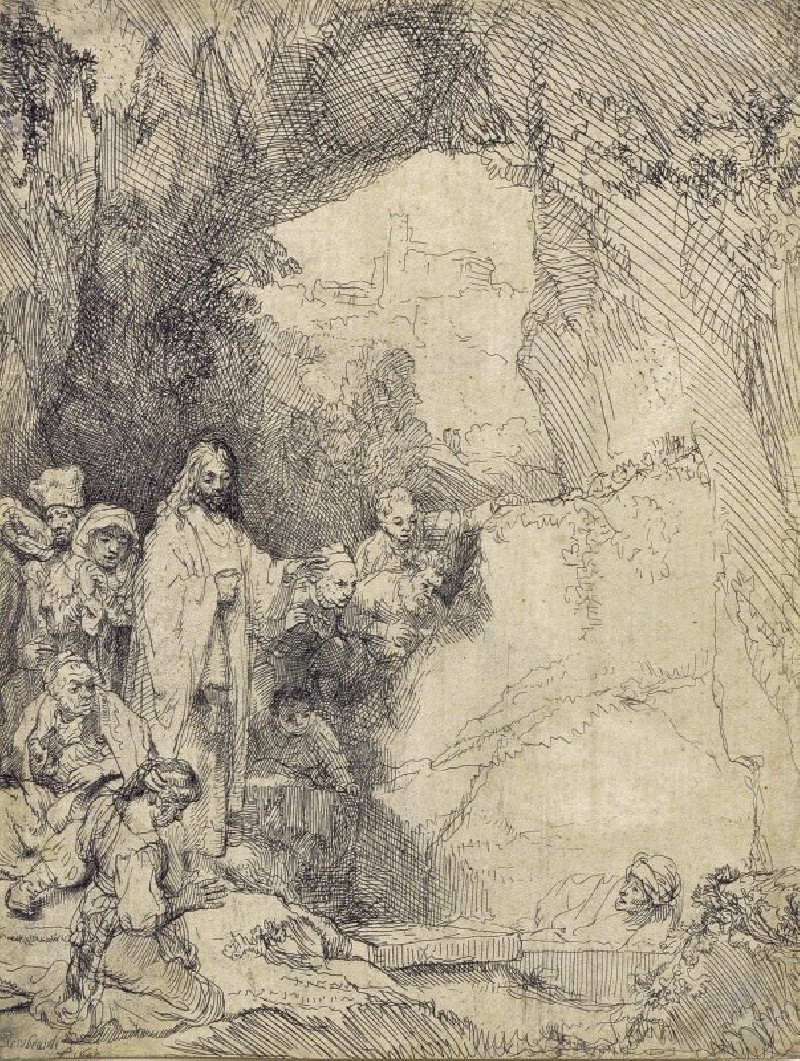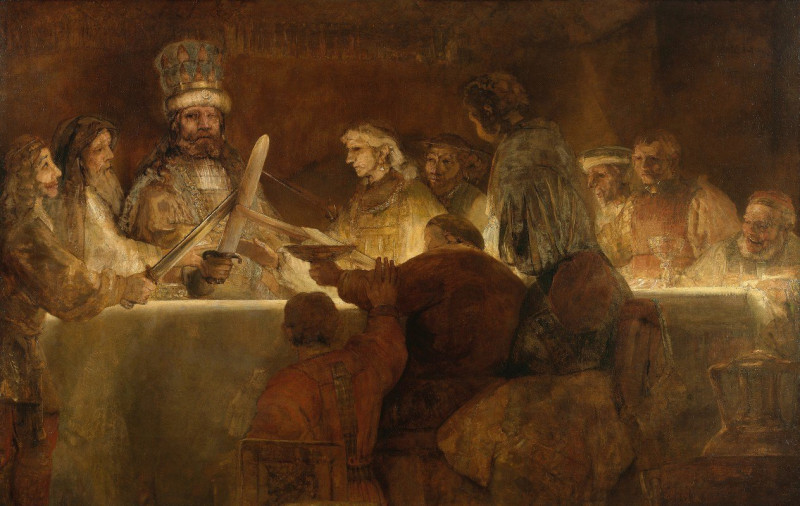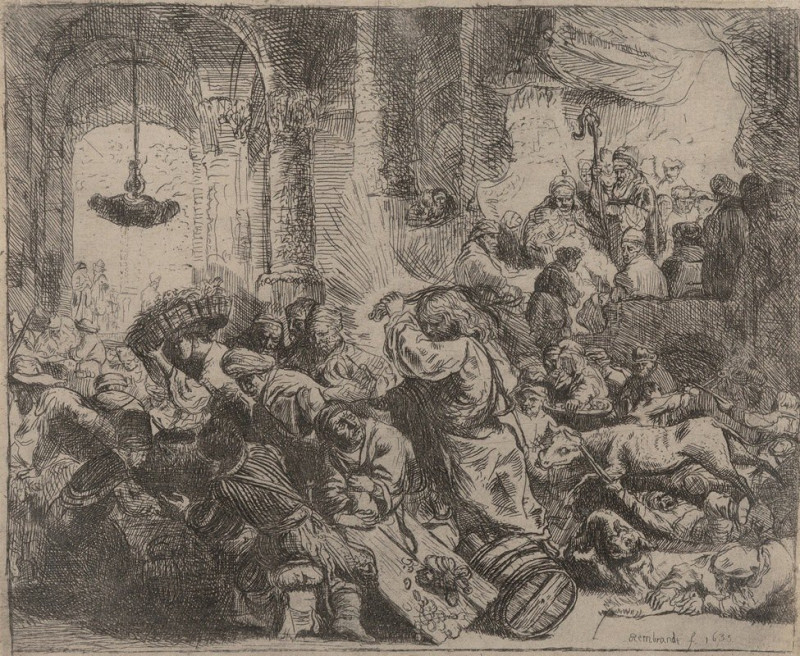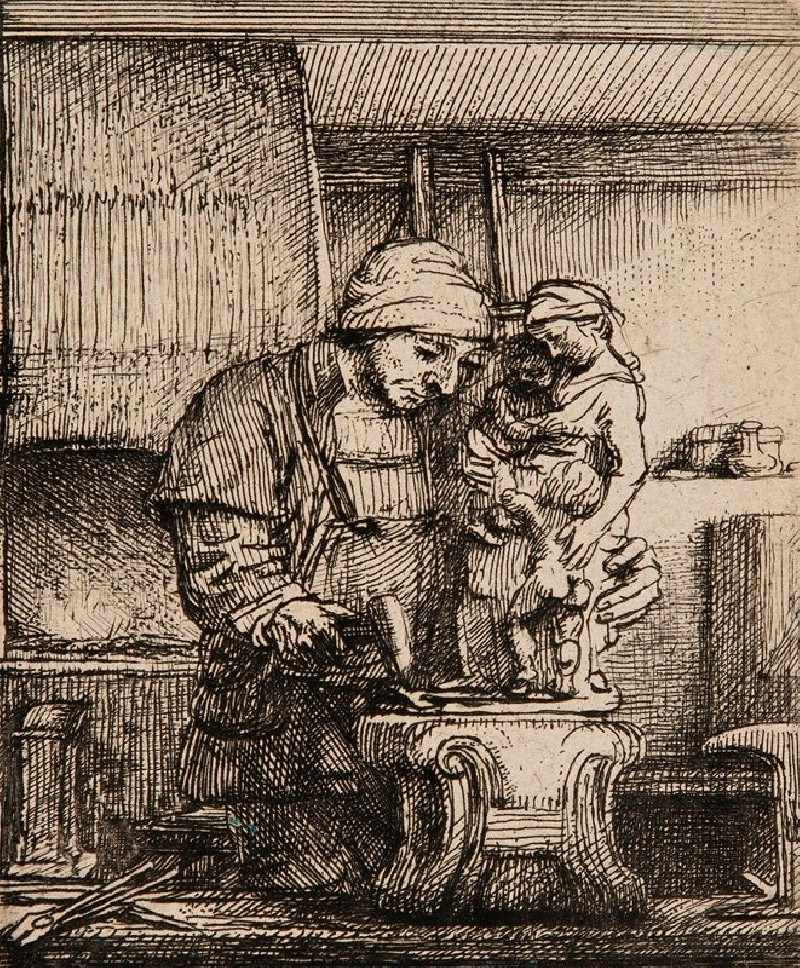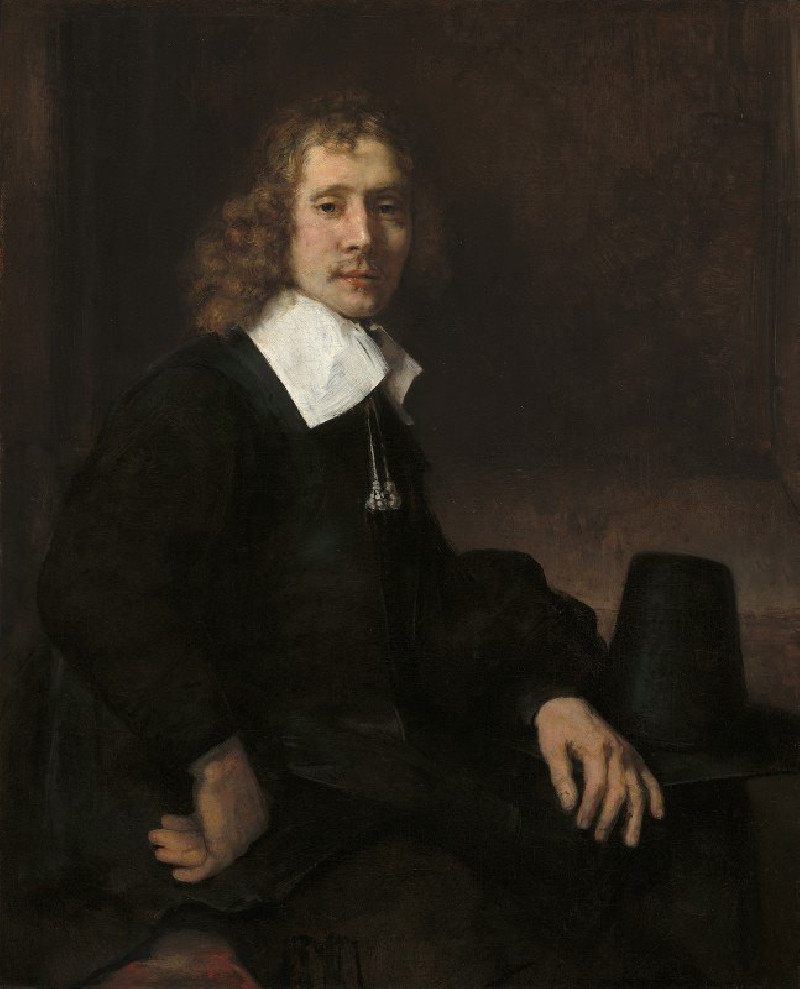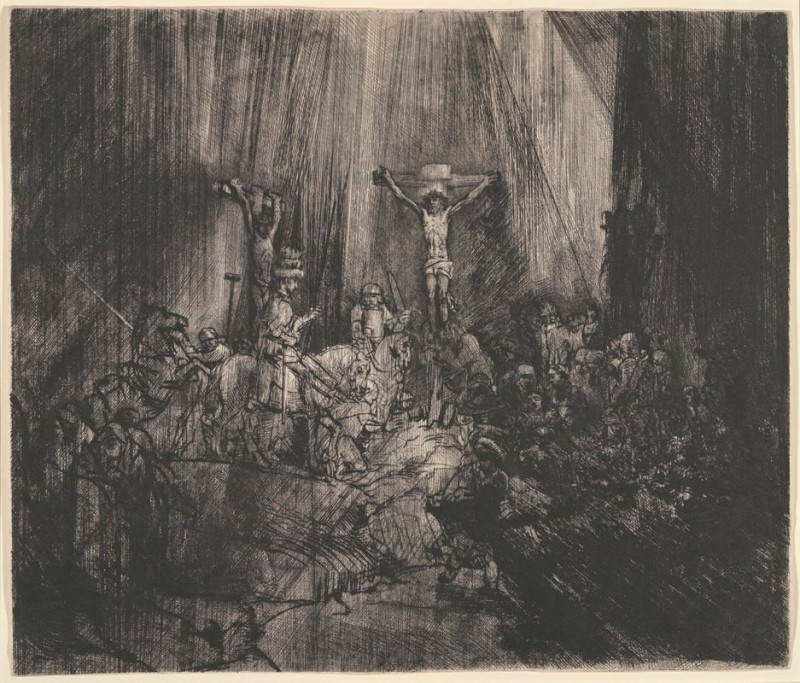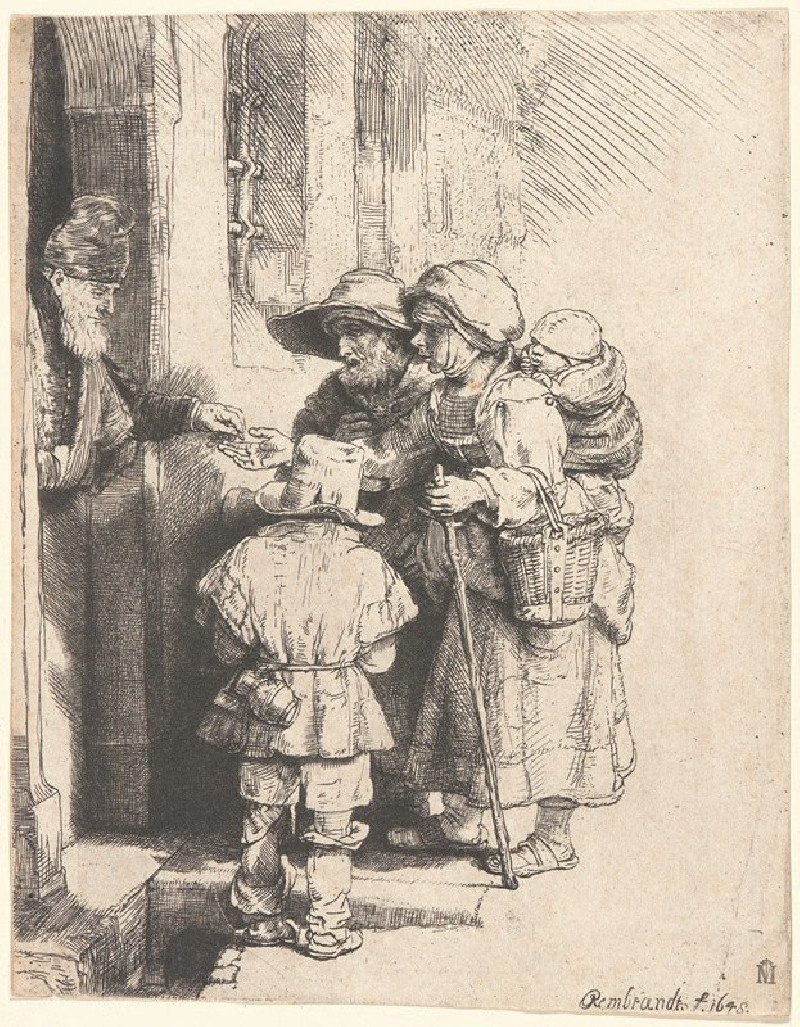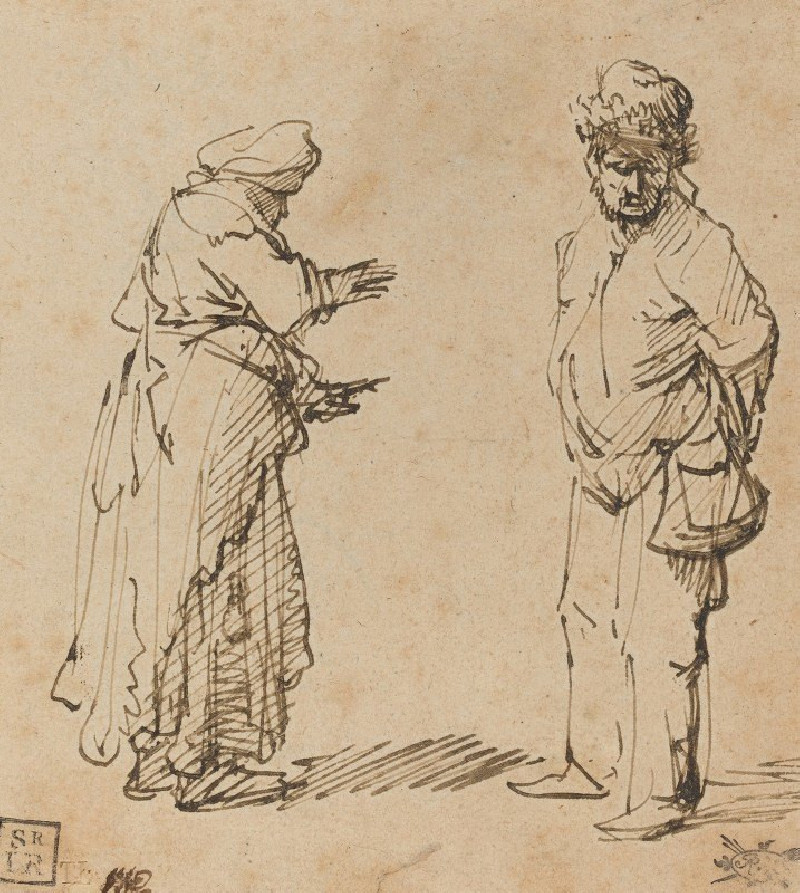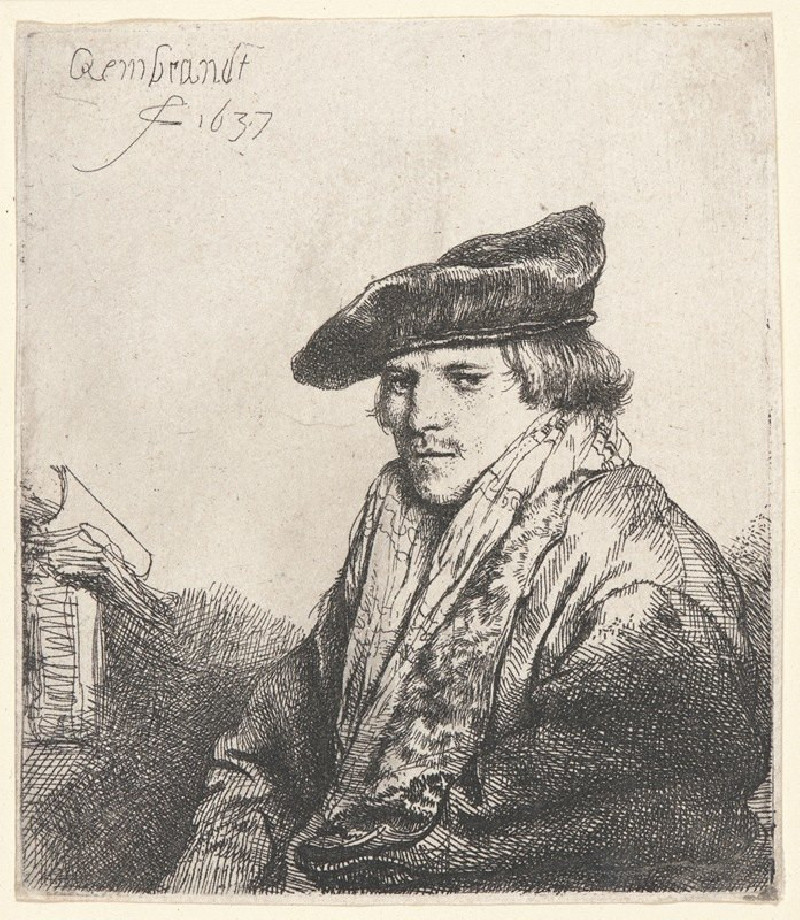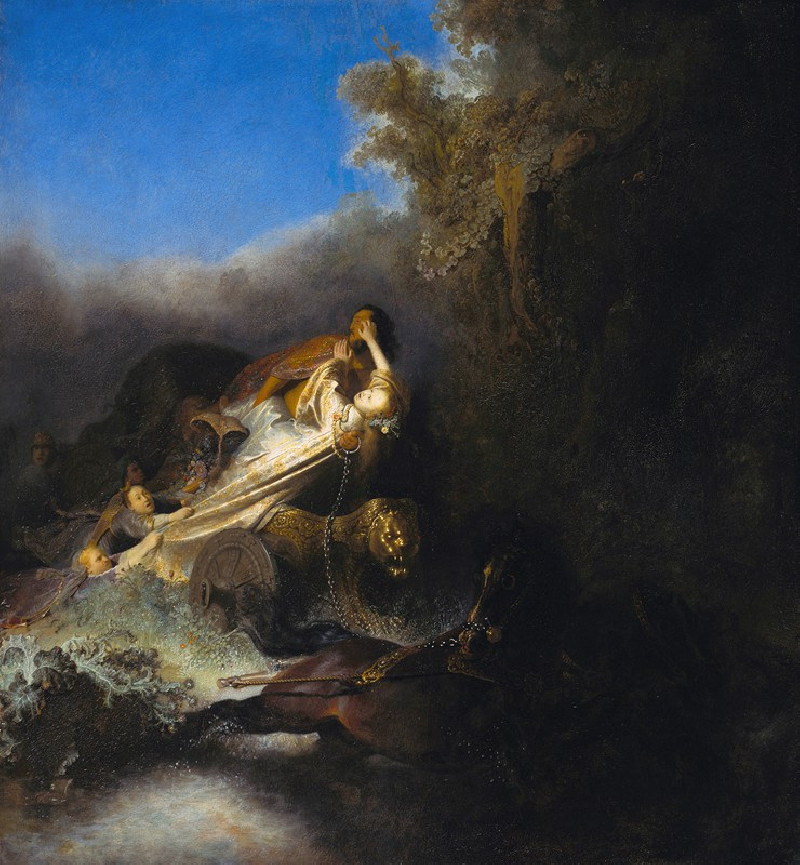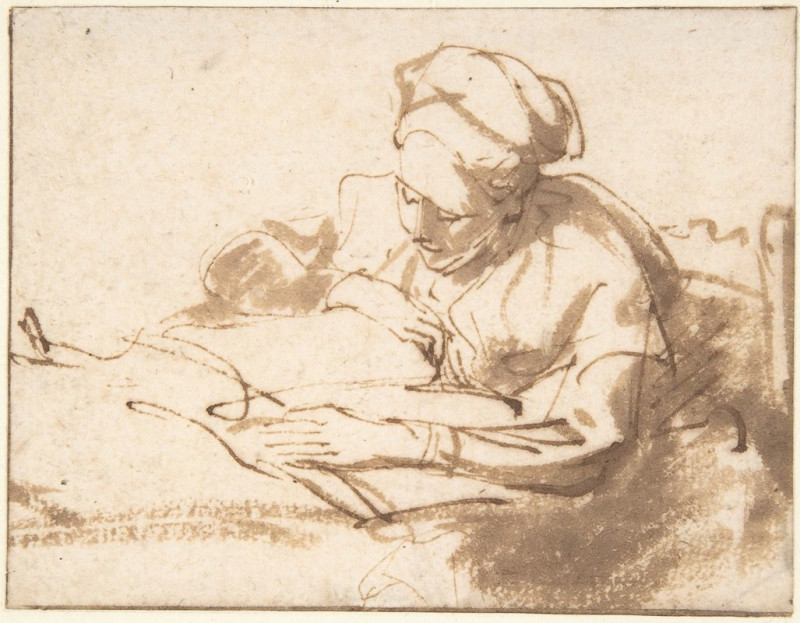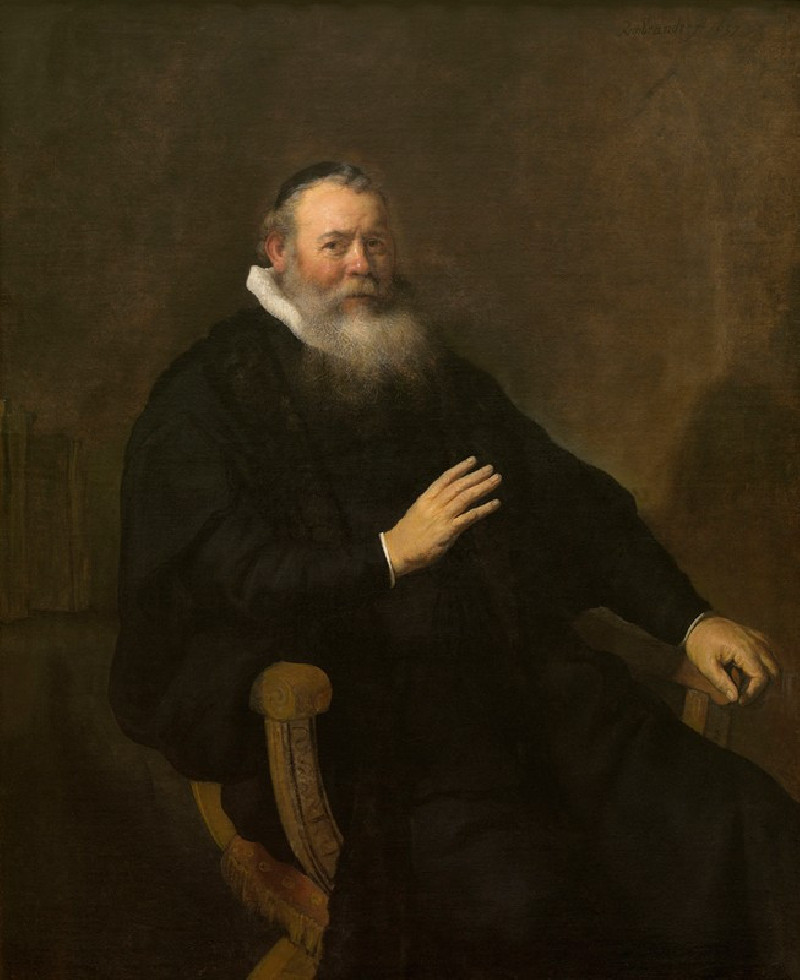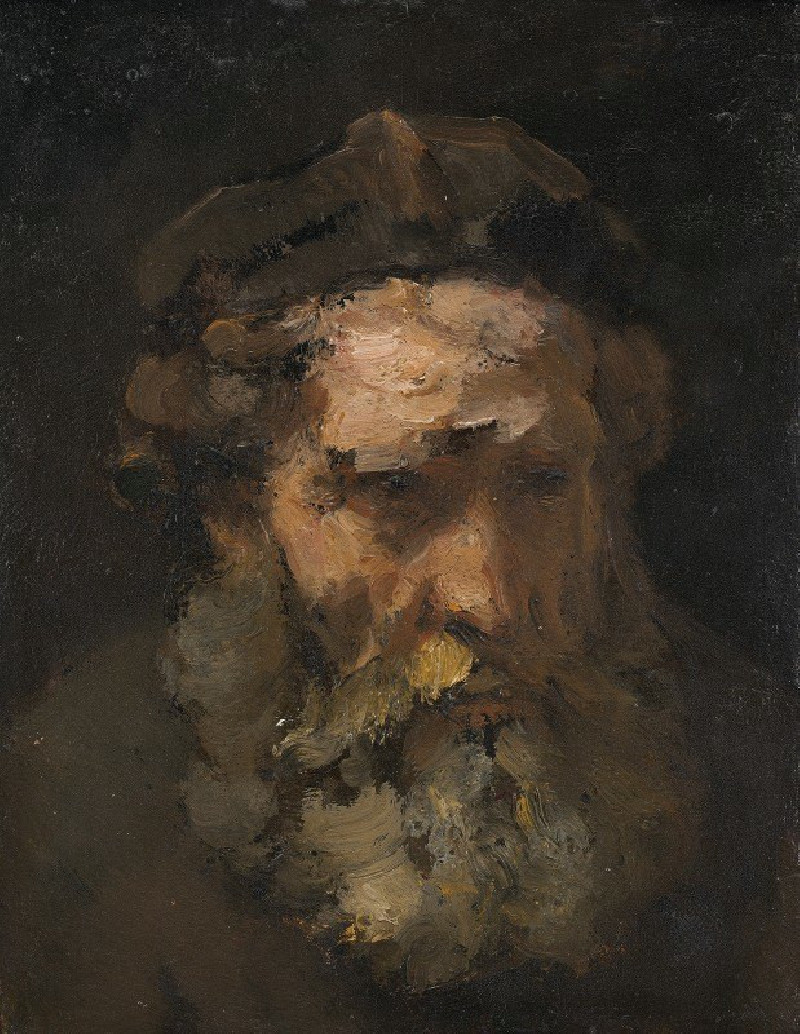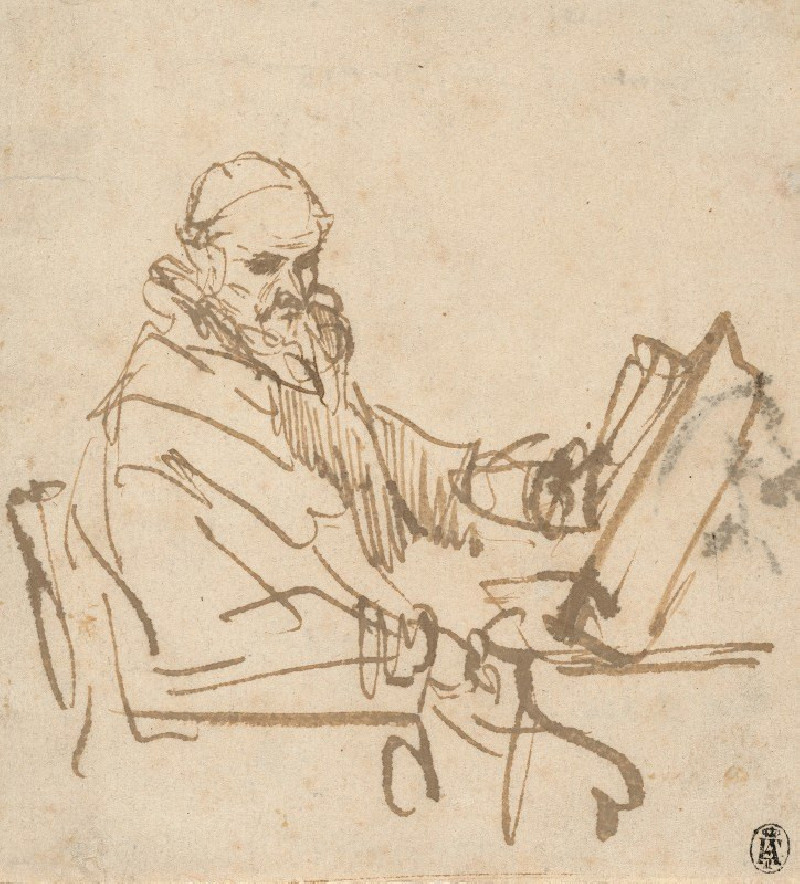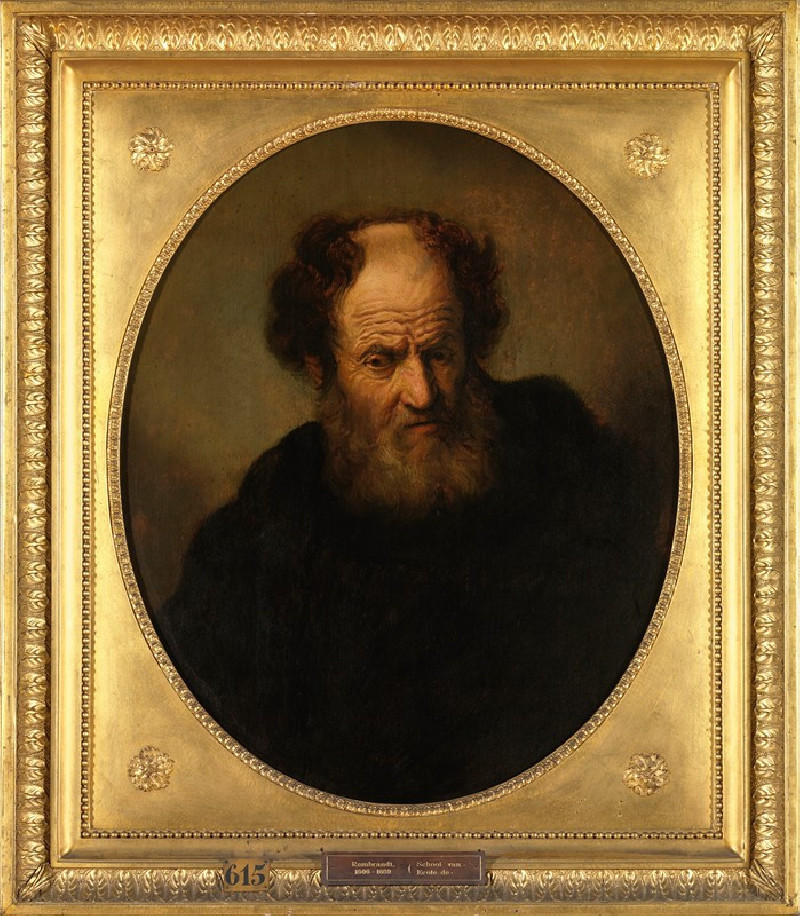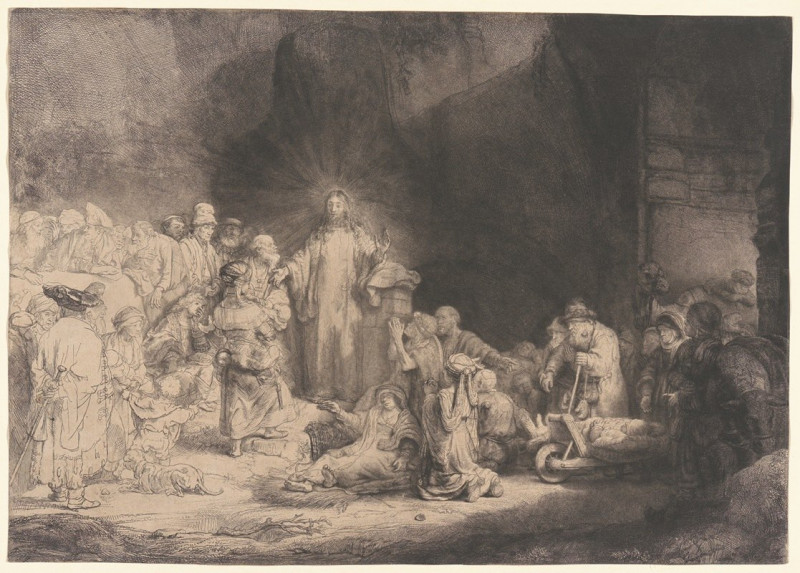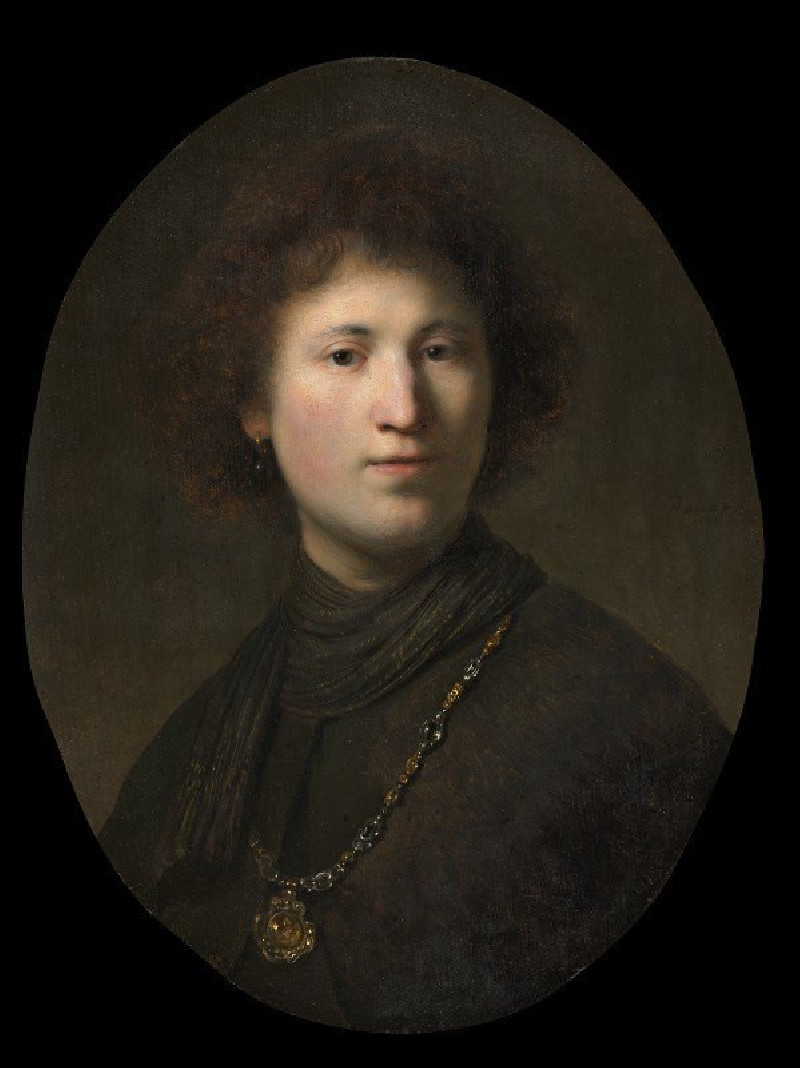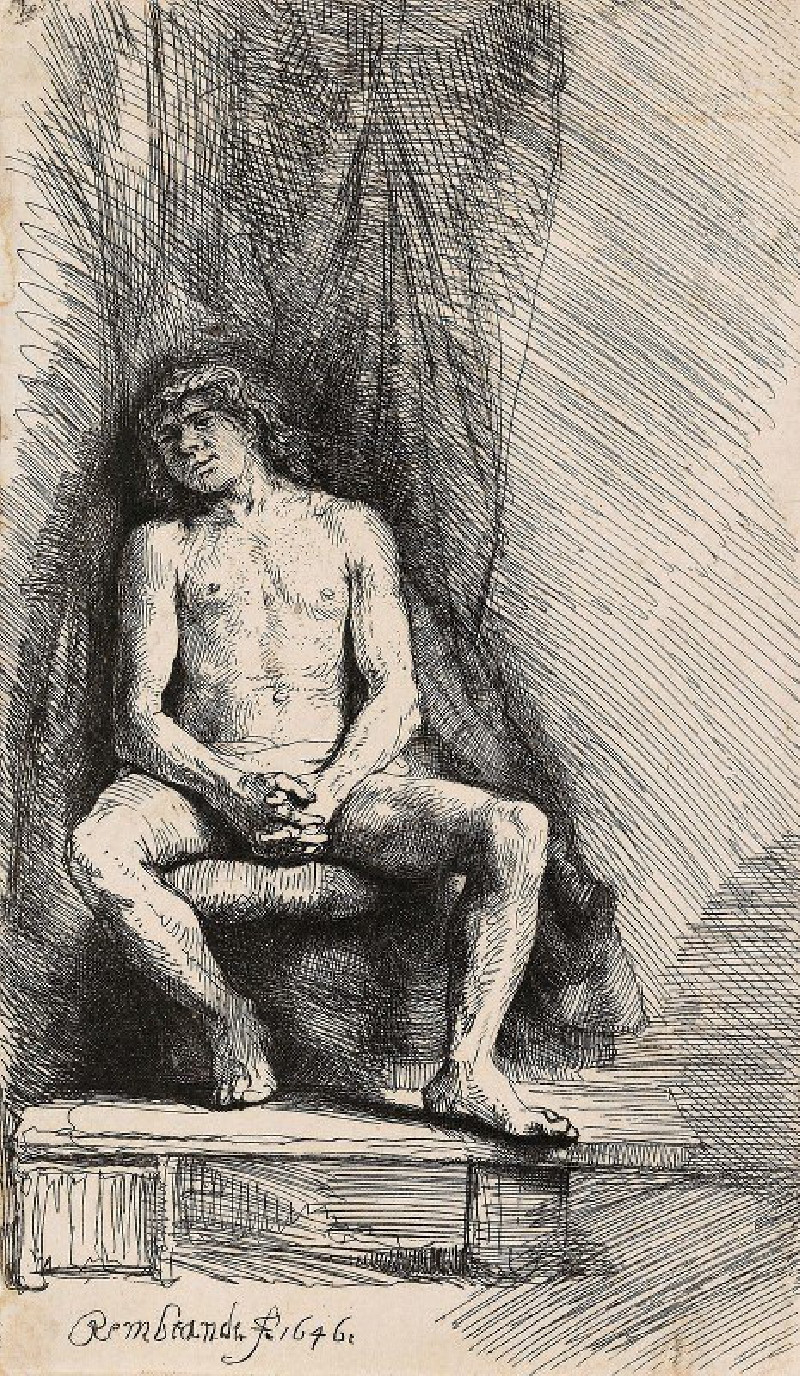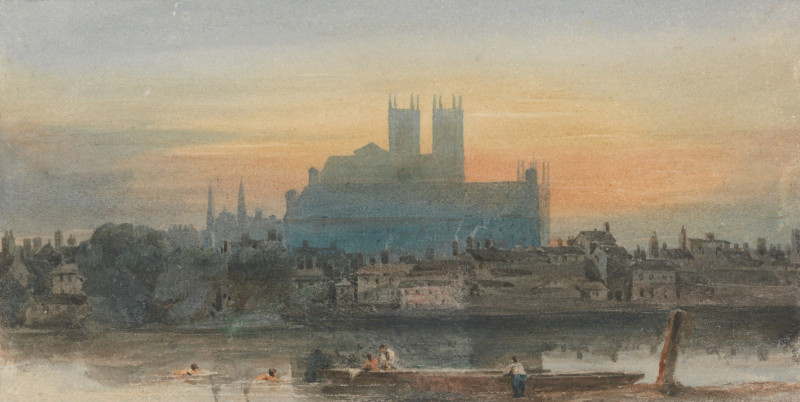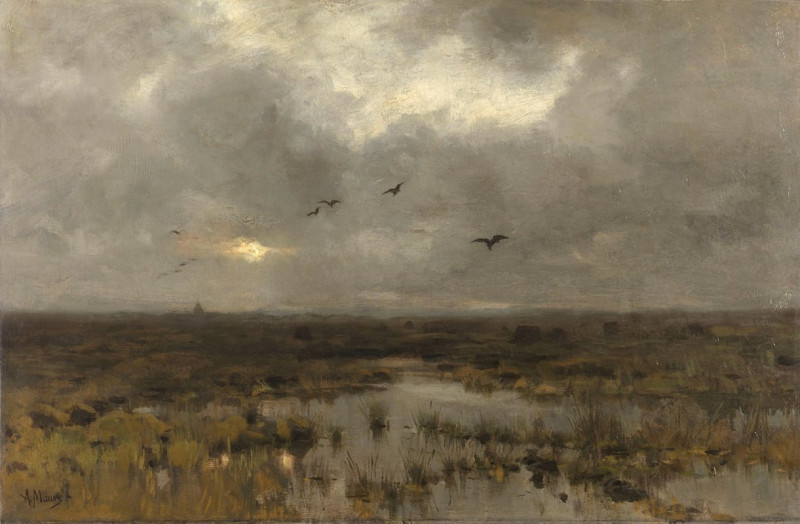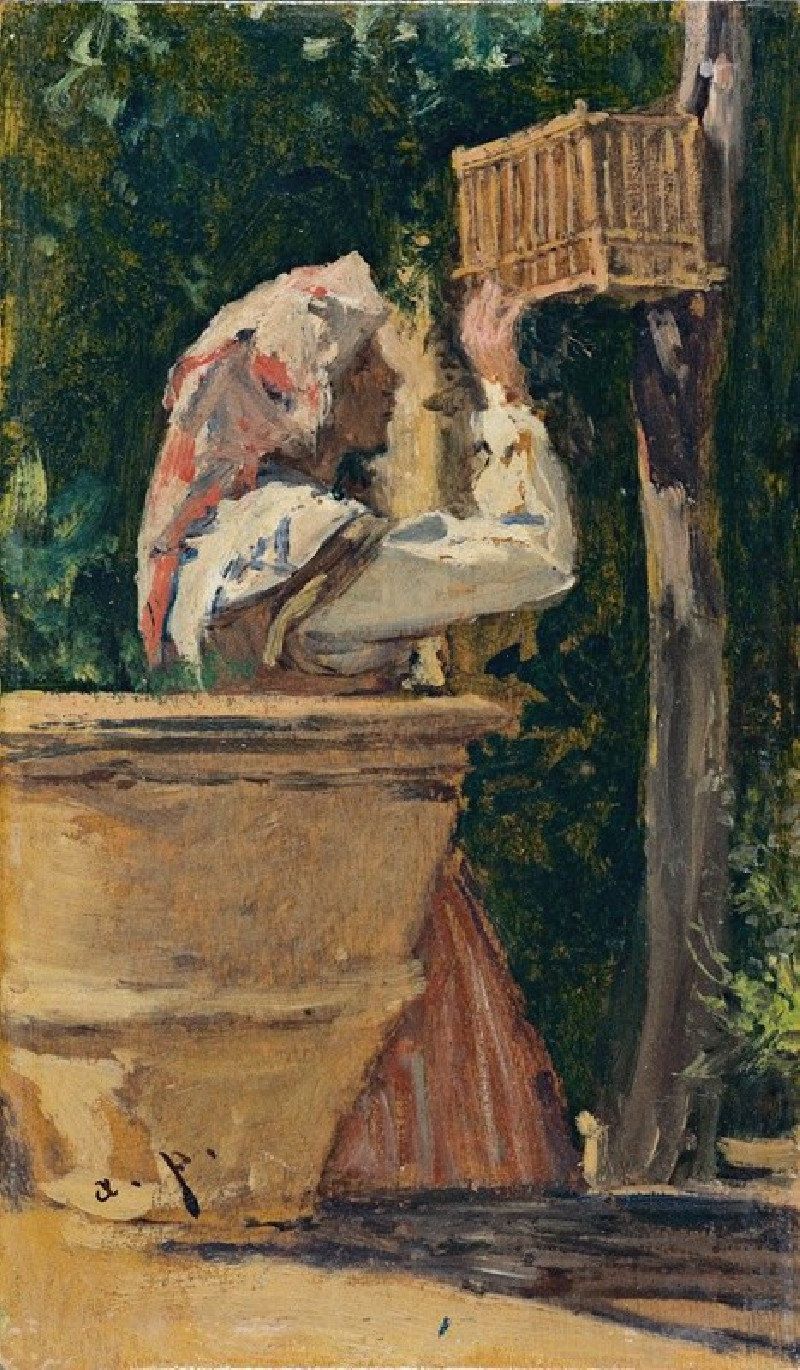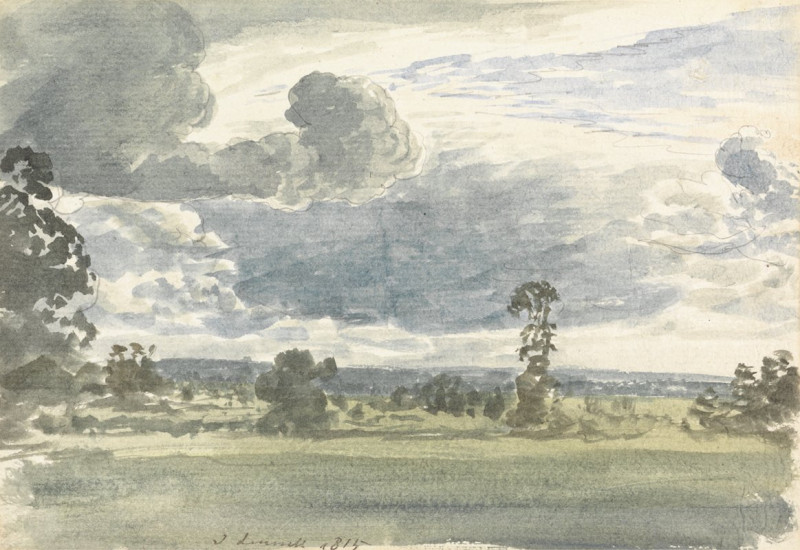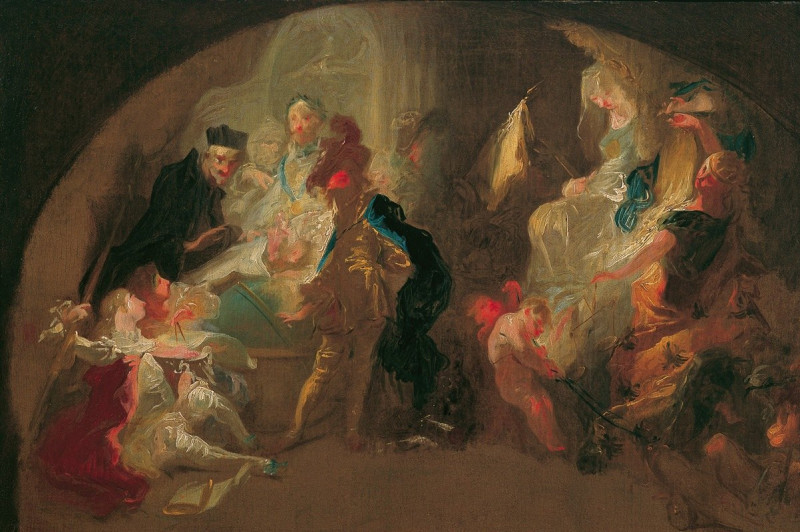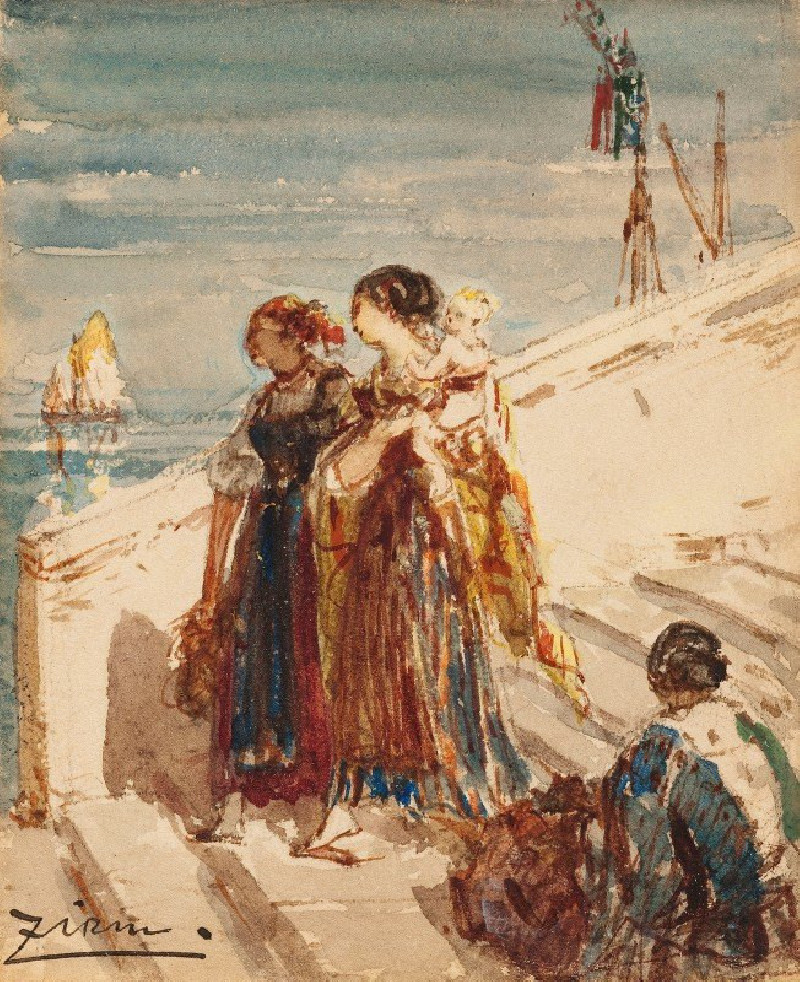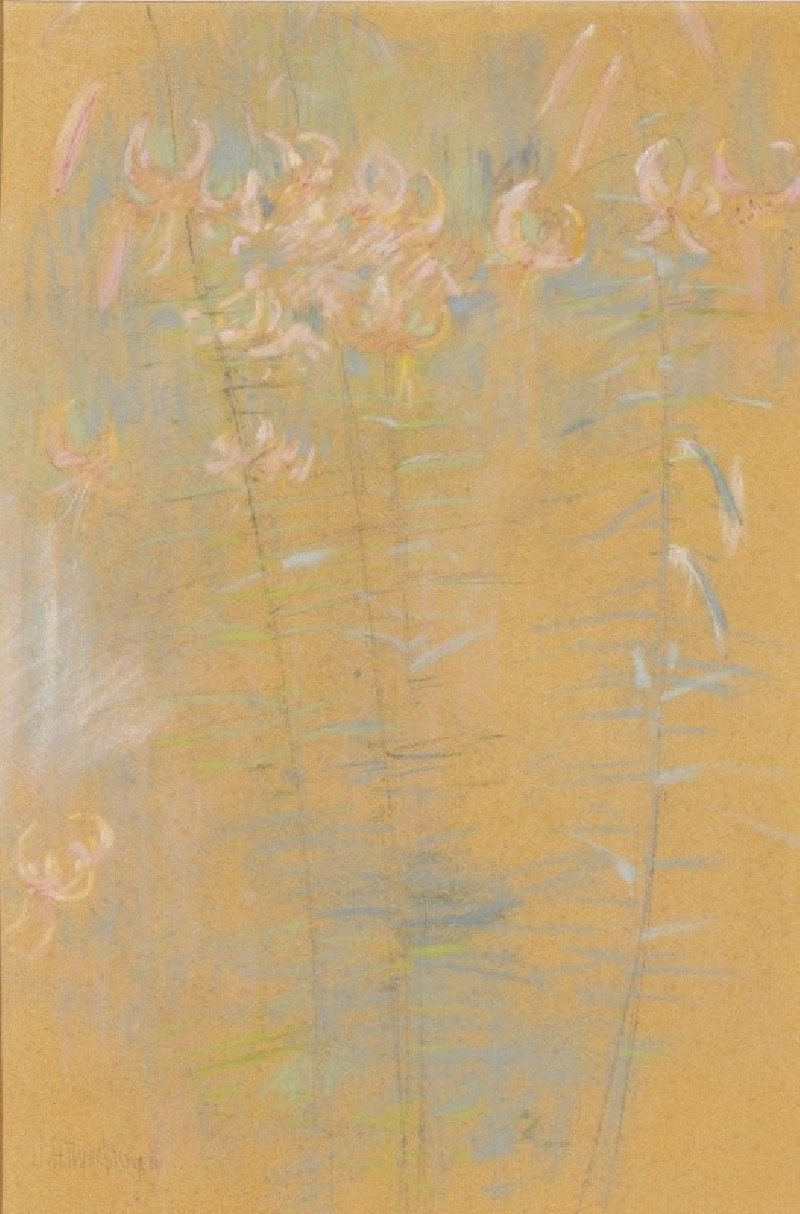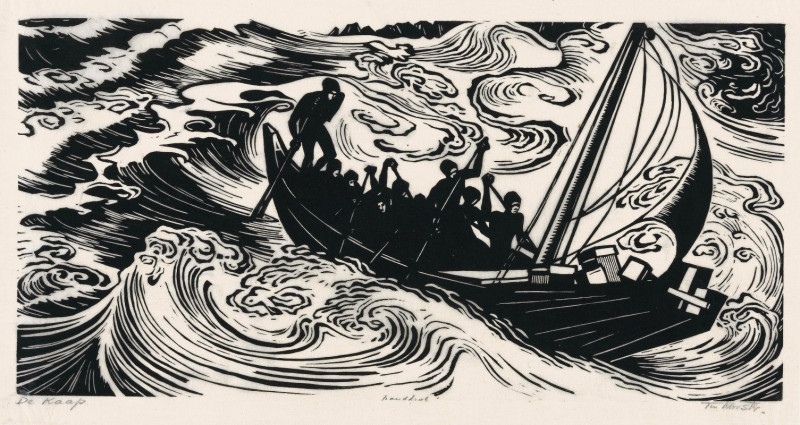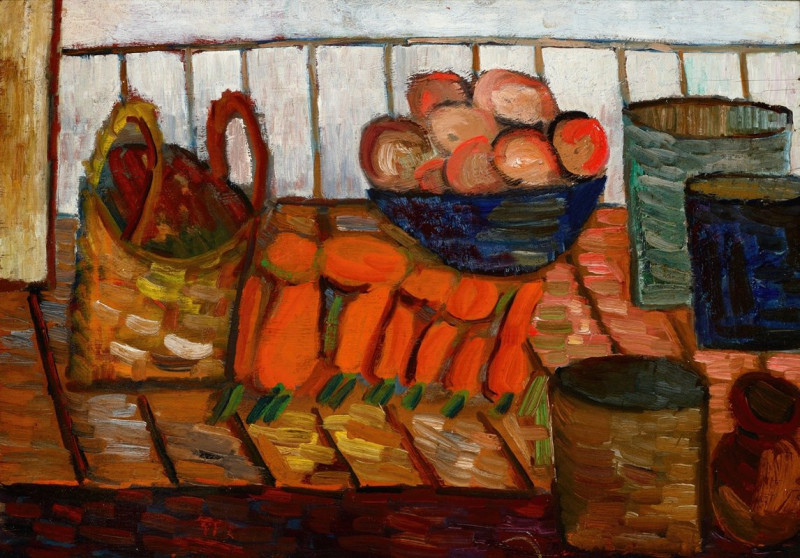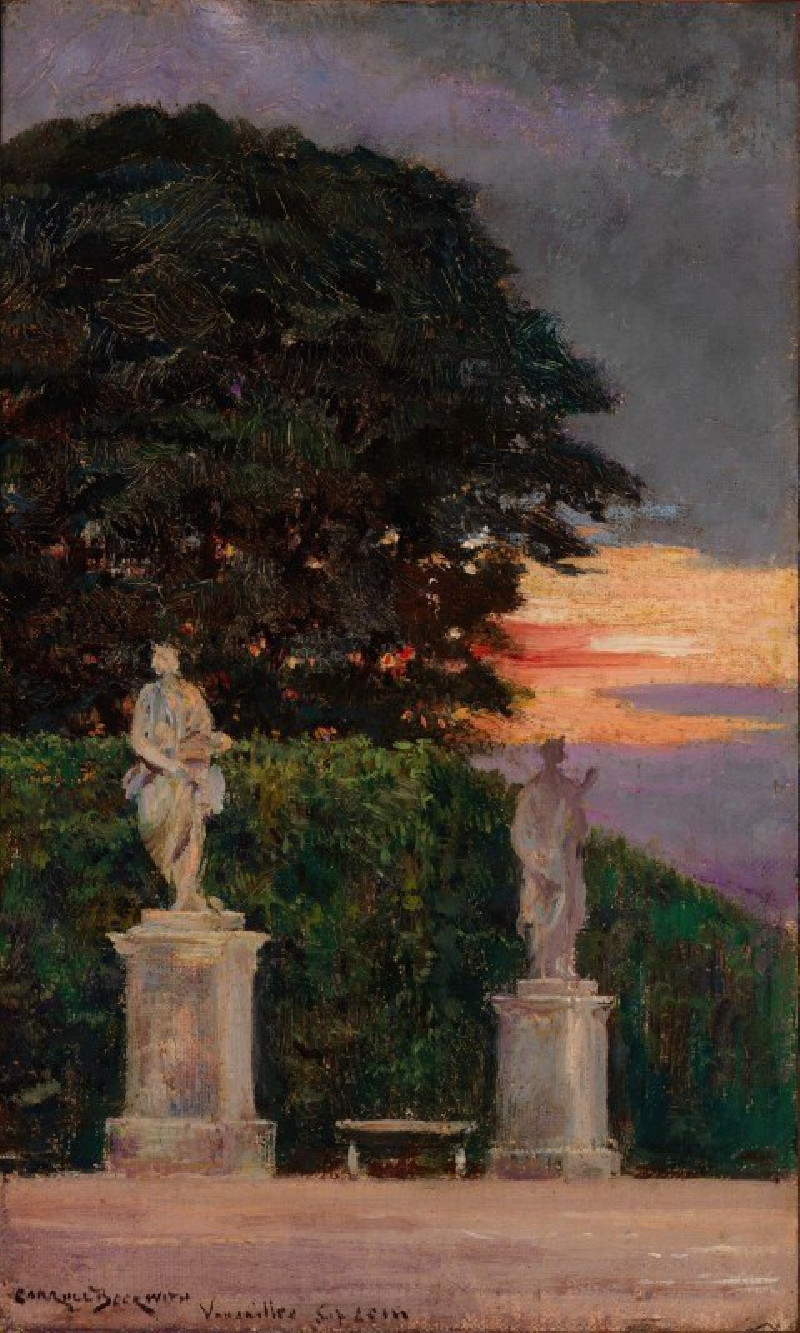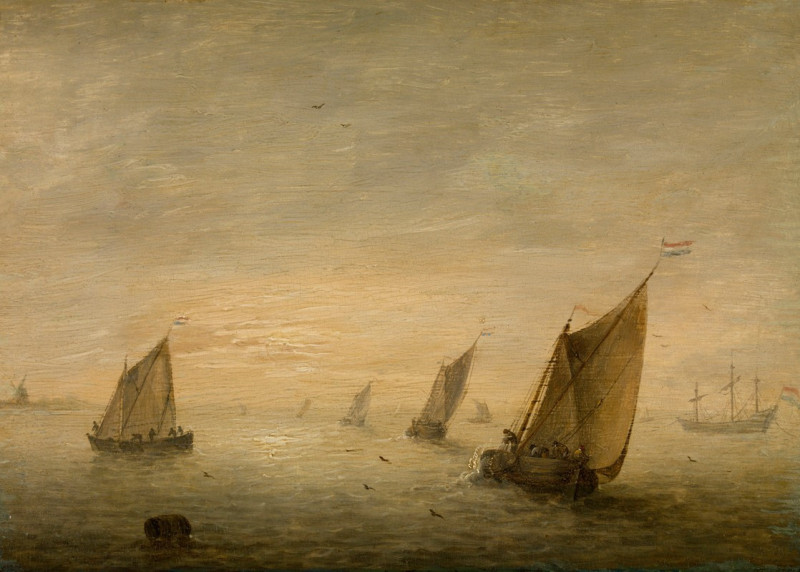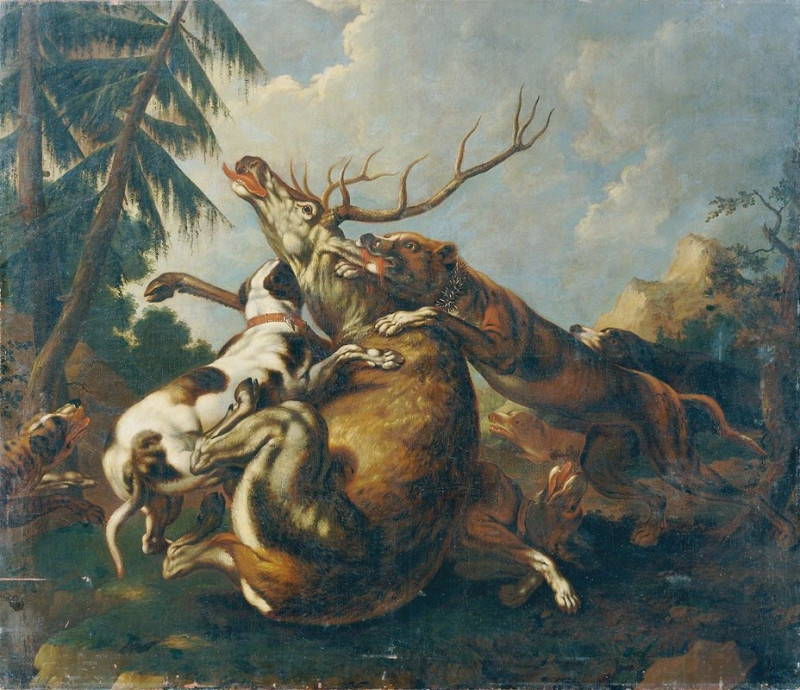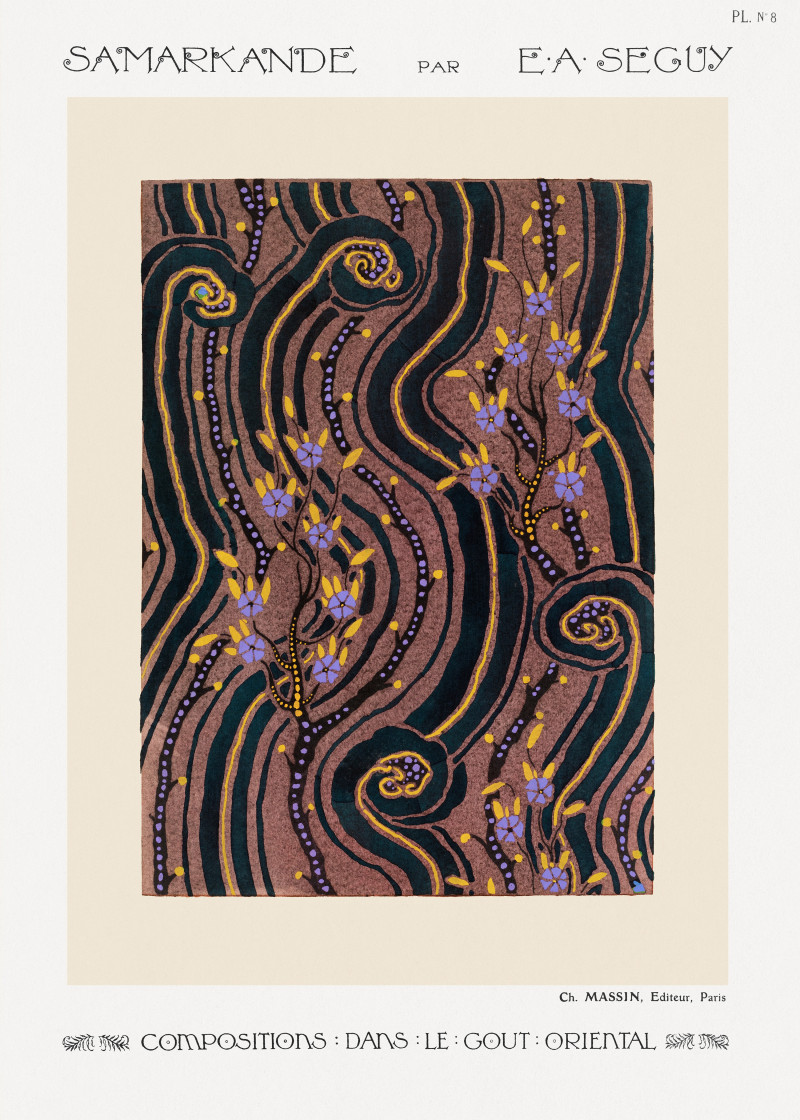Shah Jahan (c. 1656-1661)
Technique: Giclée quality print
Recommended by our customers
More about this artwork
Welcome to an intriguing encounter with the East, as seen through the eyes of one of the greatest masters of Dutch Golden Age painting, Rembrandt van Rijn. This particular work, titled "Shah Jahan" and dating from around 1656 to 1661, showcases Rembrandt's profound engagement with exotic personalities far beyond the borders of his native Holland.In this evocative sketch, Shah Jahan, the formidable Mughal emperor renowned for commissioning the Taj Mahal, is depicted with a dignified poise. Rembrandt's use of pen and brown ink on paper brings out the subtle yet precise details of Shah Jahan’s attire and demeanor. The emperor stands in profile, captured in a moment of thoughtful contemplation. His dress is meticulously rendered, featuring flowing robes and a turban that signify his royal status. Notably, the sketch highlights the emperor’s facial features and his distinct beard, which Rembrandt articulates with adept, fluid strokes.What makes this piece particularly fascinating is its historical and cultural context. It is known that Rembrandt was intrigued by Mughal miniature paintings, which were collected avidly in Europe during his time. This interest is palpable here; Rembrandt’s rendering betrays not just an exotic curiosity but a deep respect for the precision and richness typical of Mughal portraiture. However, he translates these elements into his own artistic language, characterized by dynamic lines and an intimate, immediate style of representation.This drawing is not merely a portrayal of a foreign emperor; it is a testament to the cross-cultural encounters that were part of the global trade environment of the 17th century.
Delivery
Returns
Rembrandt Harmenszoon van Rijn was a Dutch draughtsman, painter, and printmaker. An innovative and prolific master in three media, he is generally considered one of the greatest visual artists in the history of art and the most important in Dutch art history. Unlike most Dutch masters of the 17th century, Rembrandt's works depict a wide range of style and subject matter, from portraits and self-portraits to landscapes, genre scenes, allegorical and historical scenes, and biblical and mythological themes as well as animal studies.

